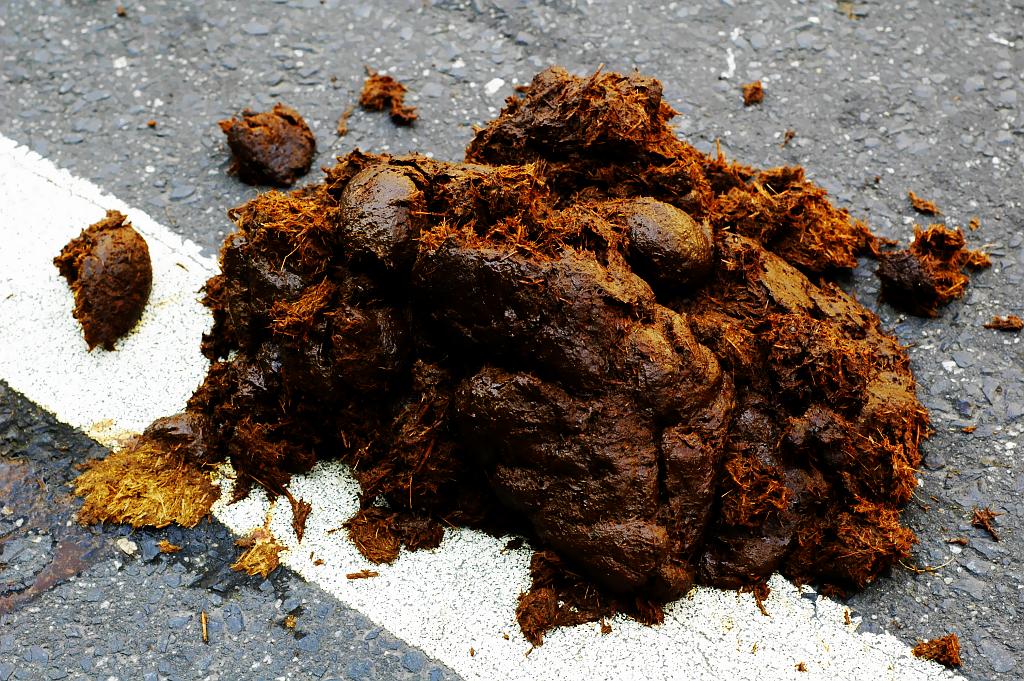Watch as the Legacy Publishing Industry Invents a New Myth (Why Fiction Sales Are Down)

Remember a few weeks back when I mocked Publishers Weekly for using AAP revenue stats to ask the question why fiction sales were down? (It was in a Morning Coffee link post.)
Well, the NYTimes has picked up the story, amplified the mistake, and turned it from just one bad story into the next myth the legacy publishing industry will use to explain why it’s not really dying.
Where PW intentionally misread industry data in support of a dubious conclusion, the NYTimes used no data at all and simply assumed their way to a conclusion.
Publishers today acknowledge that people are reading less fiction, but say that they’re compensating by buying more nonfiction, especially political nonfiction. “If publishers are being honest, they’ve underestimated the appetite for books on or about or peripherally connected to Trump,” says a Knopf executive, Paul Bogaards. “The question is: When will that appetite wane? In terms of fiction, there simply hasn’t been that outlier blockbuster that everyone is talking about. Does it spell the end of literature? No. It’s simply a pause until the next surprise comes along.”
A recent article in the industry’s leading trade publication, Publishers Weekly, “What’s the Matter With Fiction Sales?,” thought that the problem might be the result of a combination of things, including fewer physical bookstores (since fiction readers like to browse before they buy) and diminished media coverage. In addition, the magazine noted, “Publishers have found breaking out new writers — never mind developing new franchise authors — increasingly difficult.”
PW was the only source cited in the NYTimes story, and PW only had one source of data to back up the idea that fiction sales were down. They based their claim on monthly revenue stats reported to the AAP by its member publishers, and as everyone knows, AAP’s data only covers about half the industry.
The AAP has made this clear every year when they publish their annual estimates, which is why the obvious answer to falling AAP revenue stats is that the money shifted to a part of the industry not tracked by the AAP.
The thing is, PW never mentioned the limitations of the AAP data, but commenters on its article were quick to point out the goof. "Um… This is because the AAP is only tracking about 2/3 of adult fiction sales, and the percentage they track is dropping each year," Kevin McLaughlin wrote. "Volume of adult sales is rising, not shrinking."
In spite of the numerous commenters pointing out the flaws with their piece, PW has not corrected their article in the 3 weeks since it was published. Why would they, when doing so would defeat the whole purpose of that piece.
You see, the real goal here wasn’t actually to discuss the current state of the industry; no, what PW wanted to do was to invent the myth that fiction sales were down due to external forces rather than because the sales were shifting to other parts of the industry.
This is an example of the legacy publishing industry telling itself lies in an effort to convince itself that everything is fine, and that it’s not actually a dinosaur.
Yes, I know that I sound like a conspiracy nut, but the thing is, PW has previously espoused other comforting myths.
For example, PW has repeatedly put forward the myth that "screen fatigue" is responsible for falling publisher ebook sales. Jim Milliot, one of the authors of the above PW piece, has personally expressed belief in the screen fatigue myth, which is the idea that people are tired of using screens and so they would prefer to curl up with a good paper book.
Just to be clear, screen fatigue is pretty obviously not true; if it were true then you would see many many stories about people not watching tv or Netflix any more (when in fact Netflix subscriptions are increasing every quarter). No, the reason publisher ebook sales are down is because their ebooks cost too damn much.
But that doesn’t matter to PW or Jim Milliot; no, they want to repeat the myths that will make the industry feel better (and who knows, they may even beleive it). And I can understand why they are doing it; PW is telling its readers what they want to hear.
But even though I understand them, it doesn’t stop me from calling them on their bullshit.


No Comments